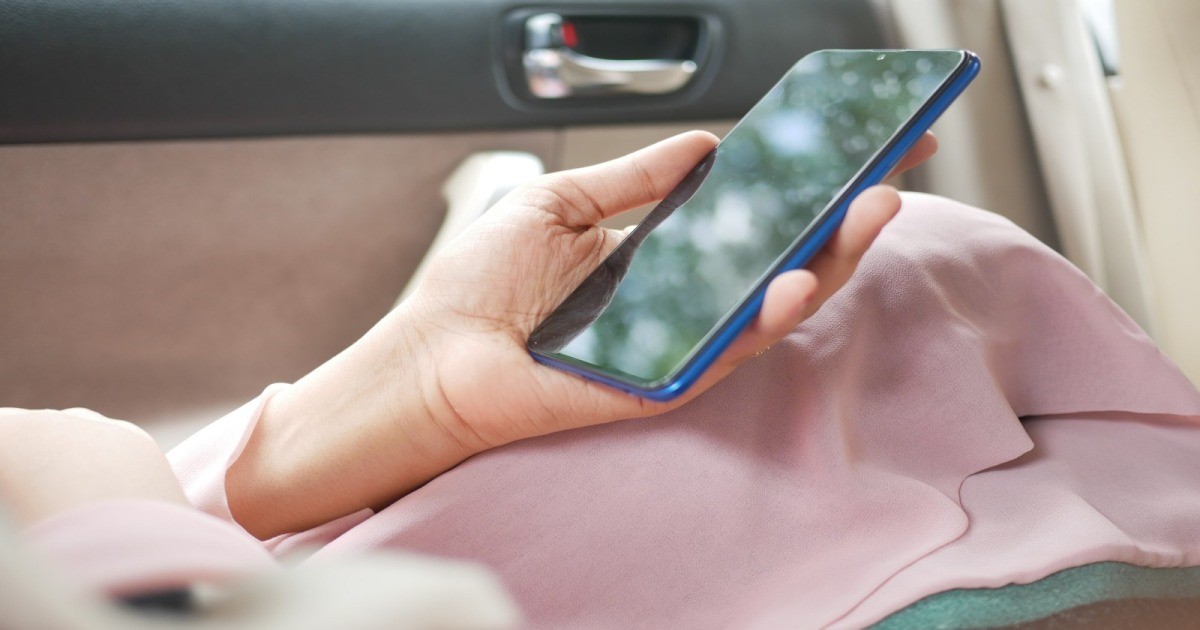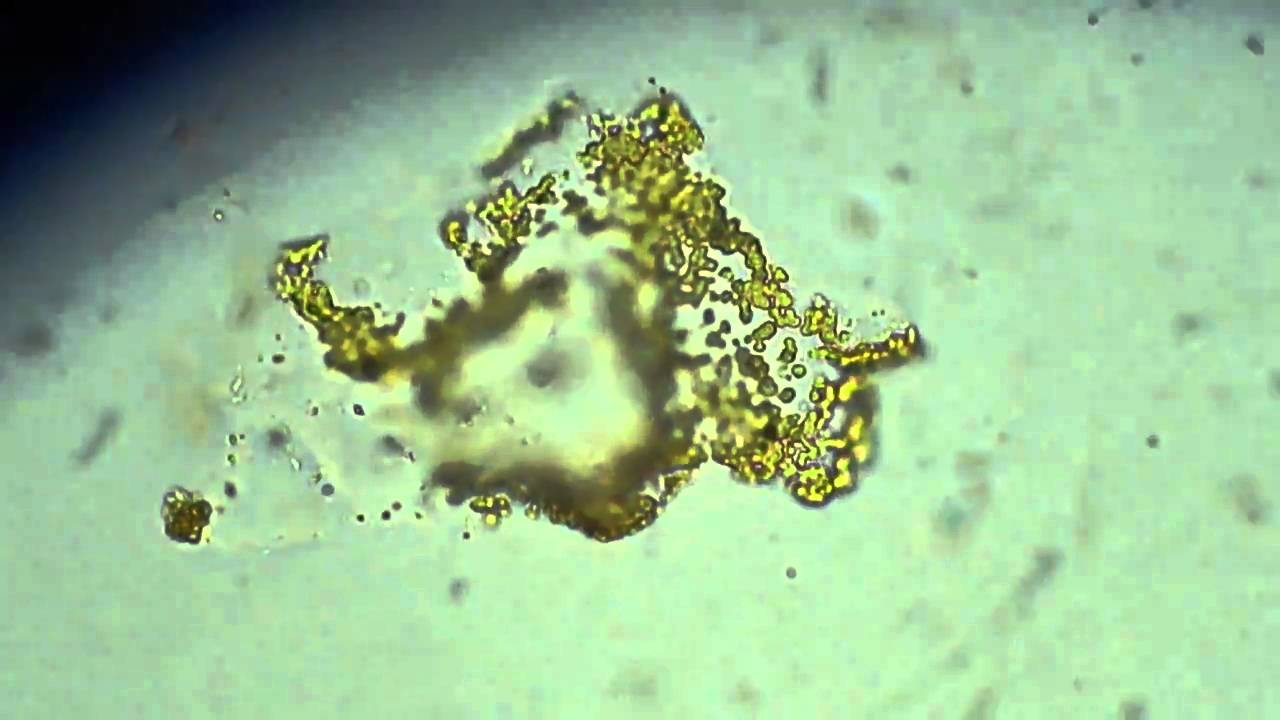
Smartphone can be turned into a chemical, pathogen detector
Today’s smartphone cameras can capture photos that rival those of stand-alone camera systems and offer practical applications, like heart-rate measurement, foreign-text translation, and augmented reality.
A team of scientists turned a common smartphone into a “pocket-sized” Raman and emission spectral detector by modifying it with added hardware, the smartphone was able to identify chemicals in the field within minutes.
The technology could have a wide range of applications, including diagnosing certain diseases, detecting the presence of pathogens and dangerous chemicals, identifying impurities in food, and verifying the authenticity of valuable artwork and minerals.
The results showed that the smartphone spectrometer was able to correctly identify the materials, but it wasn’t quite as effective as the best commercially available Raman spectrometers. The system might be improved by using specific High Dynamic Range smartphone camera applications.
Ultimately, the study highlights how improving the fundamentals of a technology, like smartphone cameras, can lead to a surprisingly wide range of useful applications.
This inexpensive yet accurate recording pocket Raman system has the potential of being an integral part of ubiquitous cell phones that will make it possible to identify chemical impurities and pathogens, in situ within minutes.
 English
English Arabic
Arabic


